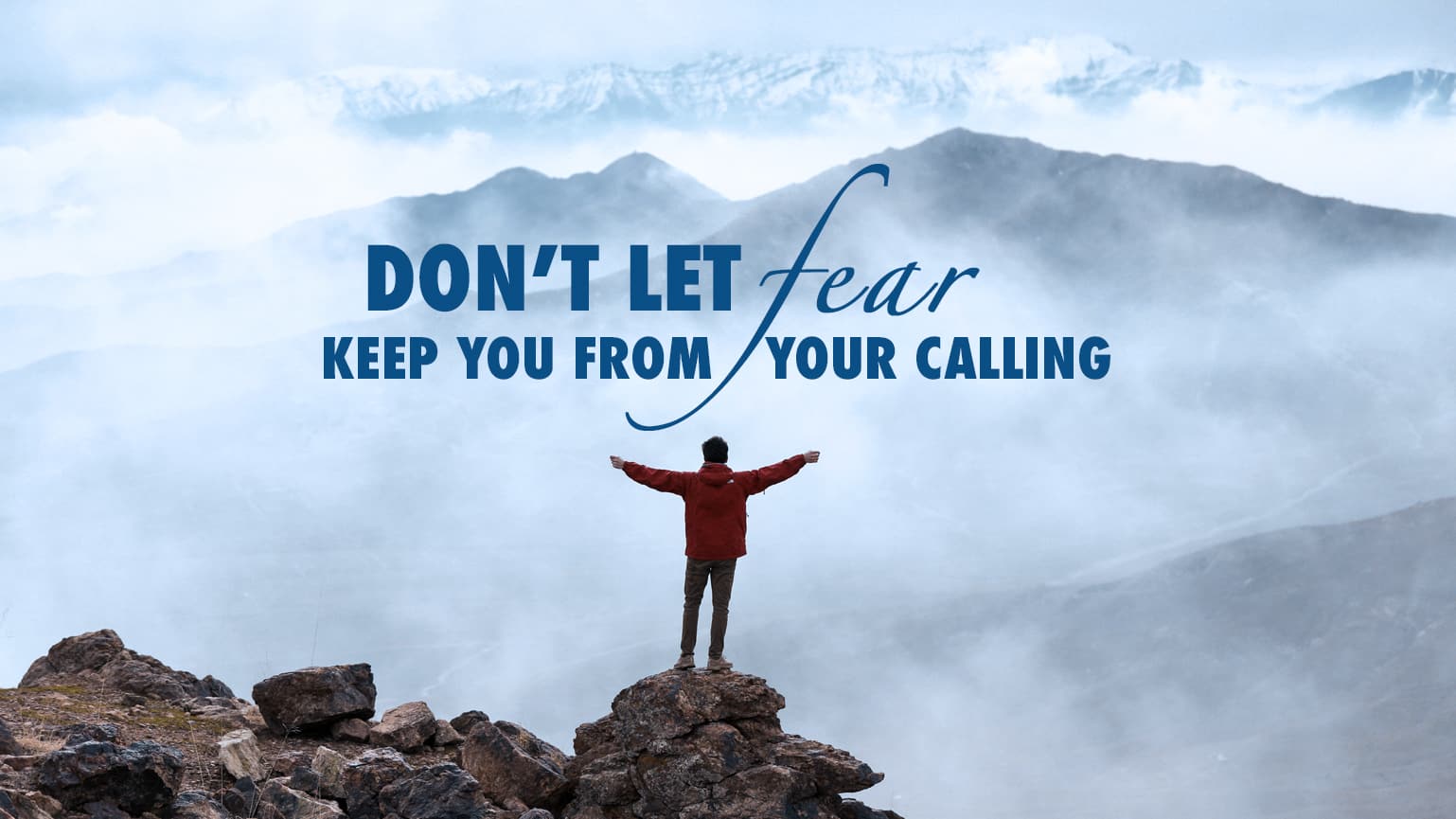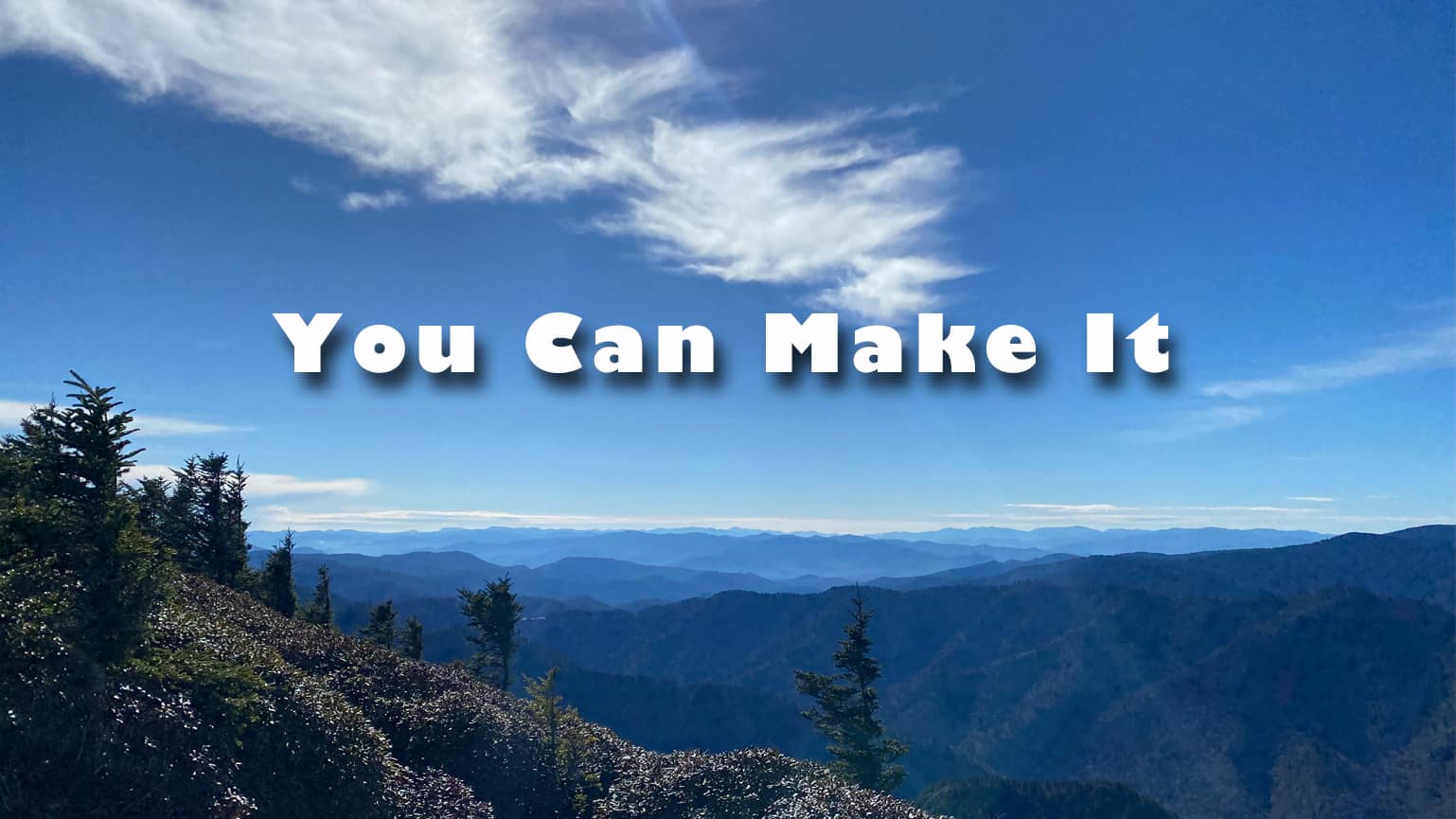I spent the whole day in Petra! It was an incredibleexperience and really words cannot accurately describe the beauty of God’screation and the architecture of this ancient civilization.
The Nabateans were nomadic Arabs who settled in the area sometimein the sixth century B.C. and thrived until about 100 A.D. The Romans triedmany times to take over this important civilization, but were unsuccessful untilabout 100 A.D. when they finally caused the Nabateans to surrender withoutbloodshed.
Moses and the Israelites were said to have passed throughthe Petra Area in ancient Edom which was a kingdom mentioned in the Bible.
Horse carriage in the canyon at Petra
Walking in the canyon at Petra
Narrowest point in the Canyon
Walking in the Canyon
The Nabateans were sophisticated engineers for their timeas it relates to architecture and water systems. They carved magnificentbuilding facades out of rose-red sand stone and created an advanced watersystem that ran the length of the city in some type of pipes that were pressurized.Water would literally travel up an incline because the seal on the pipingsystem was so good. Many of the carved structures on the sides of the buildingswere memorials, burial tombs or temples because they believed in the importanceof the dead and sacrificing for religious purposes.
The Treasury at Petra
Cory riding a camel at the Treasury and the camel is drinking a bottle of water!
Cory standing at the Treasury
Tomb at Petra
Amphitheater at Petra
The King’s Tomb at Petra
As we journeyed further into Petra, we entered the famousnarrow canyon. It was so breathtaking. At the end of the narrow canyon, wecaught a glimpse of the massive Treasury which is the most famous building inPetra. It was so ornate and the scale of it was unbelievable.
After standing in awe of this structure for some time, weventured further into this city. We came across a huge canyon area with so manycool structures, including an amphitheater, and the King’s tomb. We finallymade it to the main street of Petra and at one point in time, both sides of thestreet where lined with huge columns, but most of them had been destroyed.
Cory pushing the columns down at the amphitheater
One of the buildings was called The Great Petra Templeand it was over 70,000 square feet in size. It was an unreal sight to see.
The Great Petra Temple
At this point on the tour, we stopped and ate lunch at avery good restaurant called The Basin Restaurant inside Petra. It overlookedthe most beautiful mountain landscape too!
Next, some of my tour companions and I hiked up 800 or900 steps to what the locals call The Monastery. It is larger than the Treasury,but is not quite as ornate. However, it was an amazing site to see and it wasat a very high elevation and from various places around the monastery you couldsee way off into the distance!
Walking up 800 to 900 stairs to the Monastery
Continuing our climb
The Monastery
The Monastery from a mountain peak
The overall hike for the day is not for the fainthearted.We hiked about 8 miles up and down mountains and over hills and through thewoods. Ok, there were no woods in Petra, but you get my point. It was avigorous day physically. However, many who were in their 50’s, 60’s and even 70’swalked along paths that suited their physical limitations. There is somethingfor everyone. People can even ride donkeys, horses, or camels to make theexperience less grueling for those that don’t have the endurance or stamina.
Overlooking Petra Valley from a mountain top






